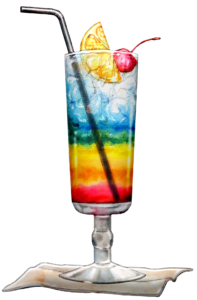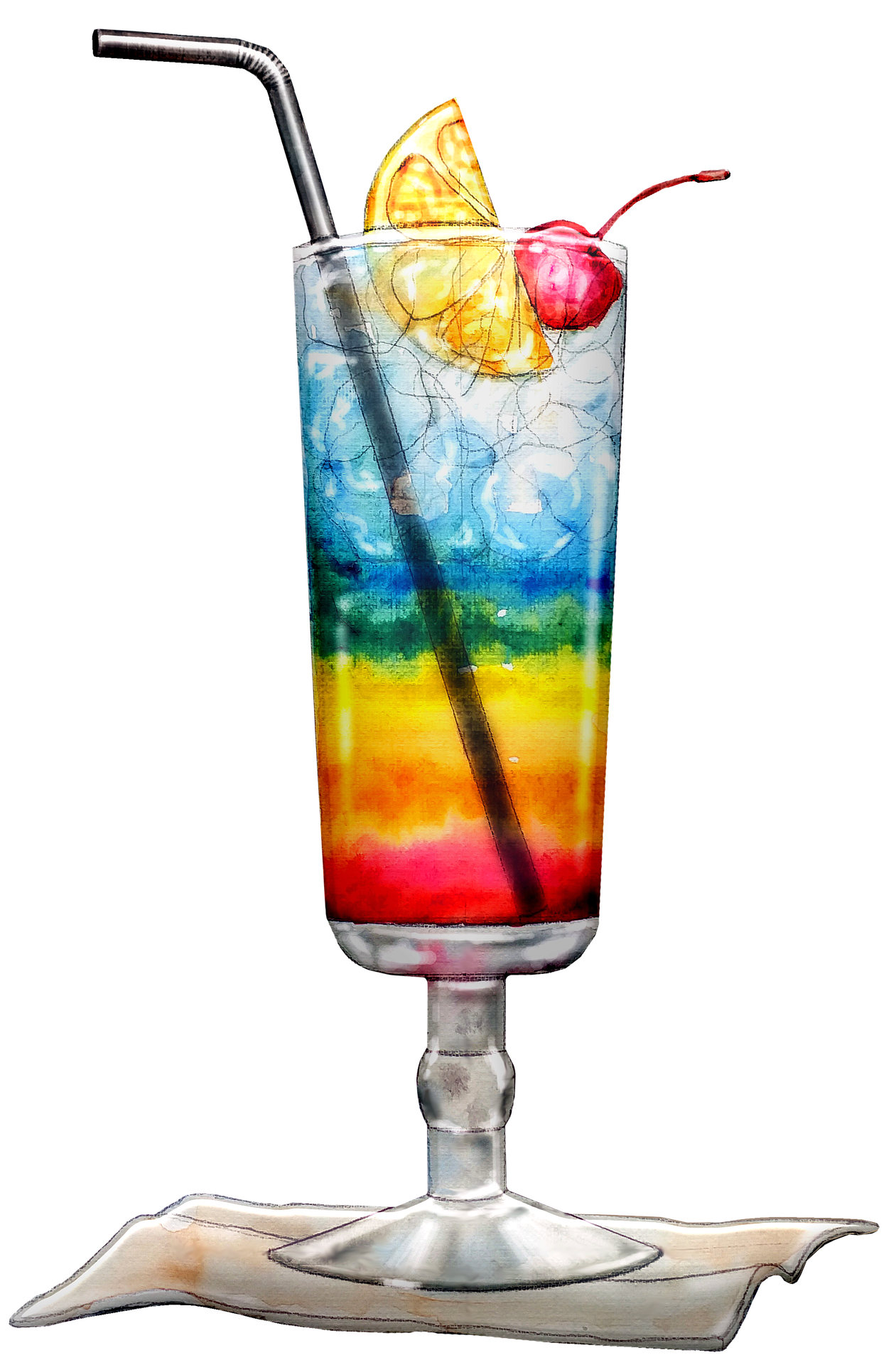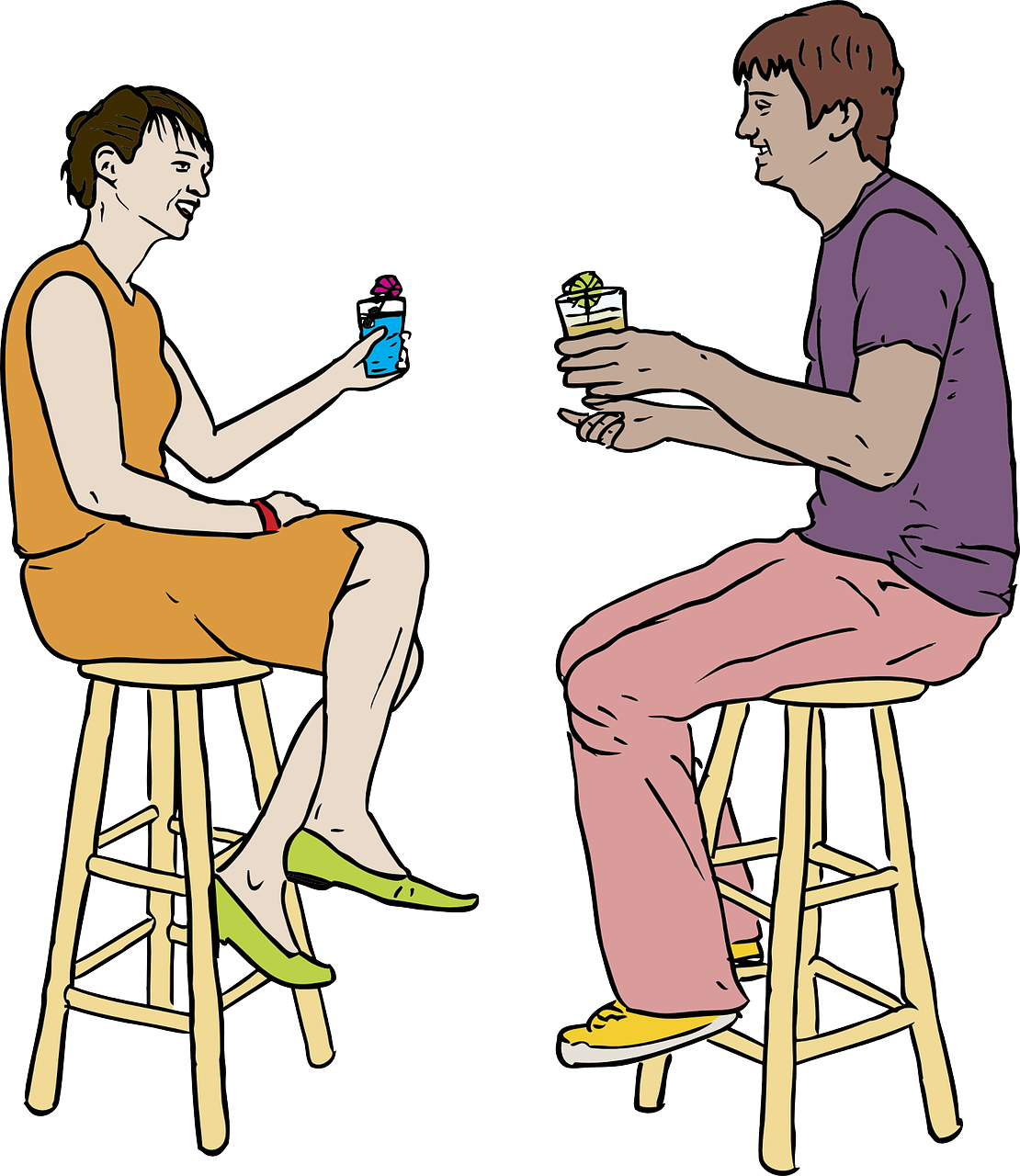The Power of Mocktails
Published October 14th, 2021
Over the past few years the sales of low and no alcohol products in off-premise locations have been steadily rising. A September 2021 report showed that off-premise sales of low and no alcohol drinks had a sales lift of 10.4% last year, and the main takeaway noted by many in the drink business -and probably to their relief- was that the vast majority of those purchasing these non-alcoholic beverages are still purchasing alcoholic beverages. The fact that they are still purchasing alcoholic products is being used to show that becoming teetotal isn’t what is driving these sales, but that this indicates a move toward a drinking public that is more conscientious, especially members of younger generations.
What many industry commentators don’t note is the glaring opportunity this data provides to the owners and managers of on-premise locations. They can take advantage of this emerging trend of no and low alcohol beverages and offer them to their customers who, they now know, want them. Doing this can have multiple benefits and one of the most common and beneficial ways of appealing to these customer’s is by offering mocktails.
What is a Mocktail?


A simple question but one which many customers are ready to ask in many forms: Why is it called a mocktail? What’s the difference between a cocktail and a mocktail? What is the meaning of mocktail? Are mocktails good for your health? Are mocktails alcoholic? What are mocktails? A definition of a mocktail is:
A mocktail is a drink made entirely from non-alcoholic ingredients that is created to mimic a cocktail in style, presentation and flavor.
Mocktails are produced using fruit juices, fruit purees, flavored syrups, non-alcoholic “spirits”, herbs and other non-alcoholic ingredients. There are many “types” of mocktail and mocktails can be produced for both children and adults. Mocktails can be very crafty and flavorful or they can mimic a specific classic or contemporary classic cocktail. As with cocktails, the opportunities for flavor, mouthfeel, and style are vast, but mocktails also have great potential in what they can bring to a venue, their customers, their bottomline, and their employees.
Foster Inclusivity and Create More Customers

As more people turn to low and no alcohol beverages at home, more of those customers are seeking these styles of beverages when they head out to enjoy themselves with their friends, family and colleagues. Guests who are choosing not to drink alcohol are very often left with just a list of sodas and are visibly delighted when they find that a venue offers mocktails. This, in turn, evokes a positive feeling toward that venue and increases the chance that they will return.
Mocktail drinkers can often be the decision makers of a group because if they know they can get a good mocktail somewhere they are inclined to try and steer their group there, with others being likely to submit to their cause because they can find their chosen drinks at every venue then enter.
There are also groups in society -examples include non-drinking group and groups of pregnant women- who might actively seek out mocktails and inform other members of their group when they find them at a location. These groups might all enter a venue together, however the more likely scenario is that one person tells many, and those individuals take their personal friends or family there. Thus bringing a venue more customers.

Great Profit Margins


Cocktails are one of the pricier offerings to come from behind a bar and their high price is justified by the use of more than a standard pour of spirit and, often, the use of well-known, name brand spirits. Mocktails are often placed at lower end of the cocktail price bracket but, because they don’t include the expensive spirituous element, they don’t have the same cost basis and the margins on them are usually much greater than those of almost any cocktail.
Mocktails created for children call for a higher price than the sodas and juices regularly served to them; even though they’re just these drinks with a few additions that are unique to a specific location. This, again, can make the profit margin on a child’s mocktail much greater than that of a soda or juice, especially because mocktails are not bottomless and neither are they expected to be.
Increase Check Averages

Offering mocktails, for either children or adults, can have the effect of increasing check averages. Adults who are not drinking alcoholic beverages are often left with a non-alcoholic beer, soda, or juice to choose from, all of which are at the bottom end of the price scale, and guests will often only purchase one serving of either of these. The same goes for the standard offerings given to children, which are almost always bottomless.
Offering mocktails to both adults and children provides them with the choices of a higher price point, that immediately increases check averages. The non-bottomless nature of these drinks also means that reorders will increase the value of that check and positively impact check averages.

More Returning Customers


Simply, those who choose not to drink alcohol are not accustomed to finding craft non-alcoholic beverages when they’re in on-premise locations. When they do, they are often delighted and are much more likely to return to that location for those unique offerings that catered to their specific needs than they are to return to other locations that don’t have the same offerings.
The Bartender’s Mocktail Challenge

Most bartenders will know the mocktail definition, but if they have never created them before mocktails can present a challenge to bartenders. This is because all bartenders are accustomed to creating drinks with alcoholic ingredients, and the alcohol brings a substantial amount of body to these beverages; along with being the main flavor component. Creating drinks without that omnipresent alcohol requires substituting in other ingredients to create a familiar flavor and mouthfeel for guests. This is something that can take a lot of practice but learning to do so can seriously enhance a bartender’s skillset and their understanding of the non-alcohol ingredients kept behind their bar.

The Last Word
Mocktails are becoming more and more popular as consumers’ attitude toward alcohol shifts and more and more people are readily changing their drinking habits and reaching for low and no alcohol options from the shelves in off-premise locations. A change in drinking habits off-premise translate into new wants when they visit on-premise locations, and many venues have found that catering to the wants of this growing, but still niche, market can have a positive impact on their business. What’s more, there is little to no negative impact to a venue from adding mocktail to their offerings as bartenders often begin these programs by utilizing ingredients that are already available to them and space can almost always be found for them on menus.
© DeliverLogic, Inc. 2024